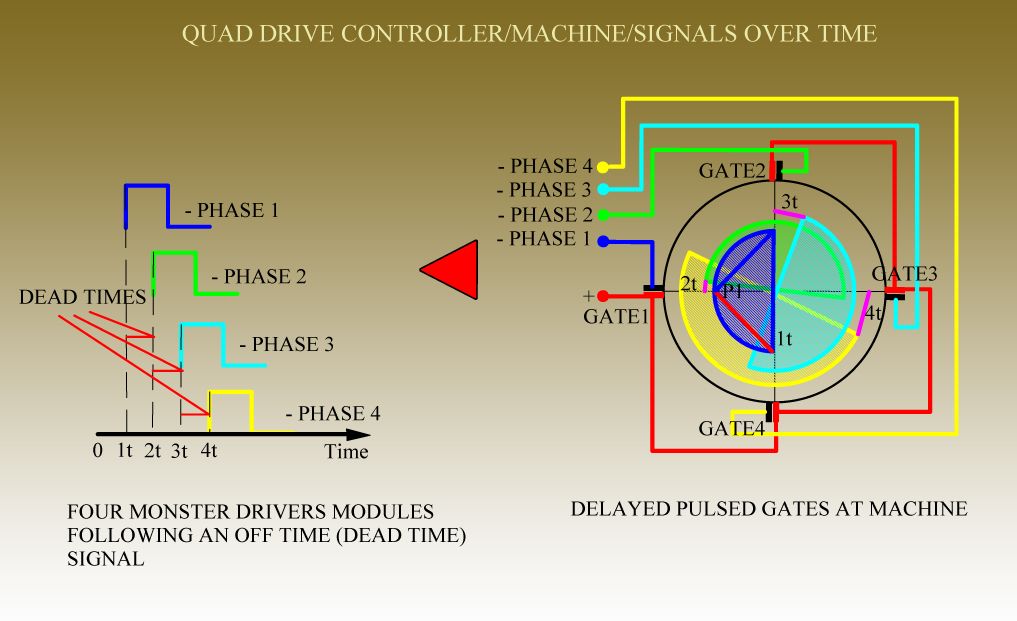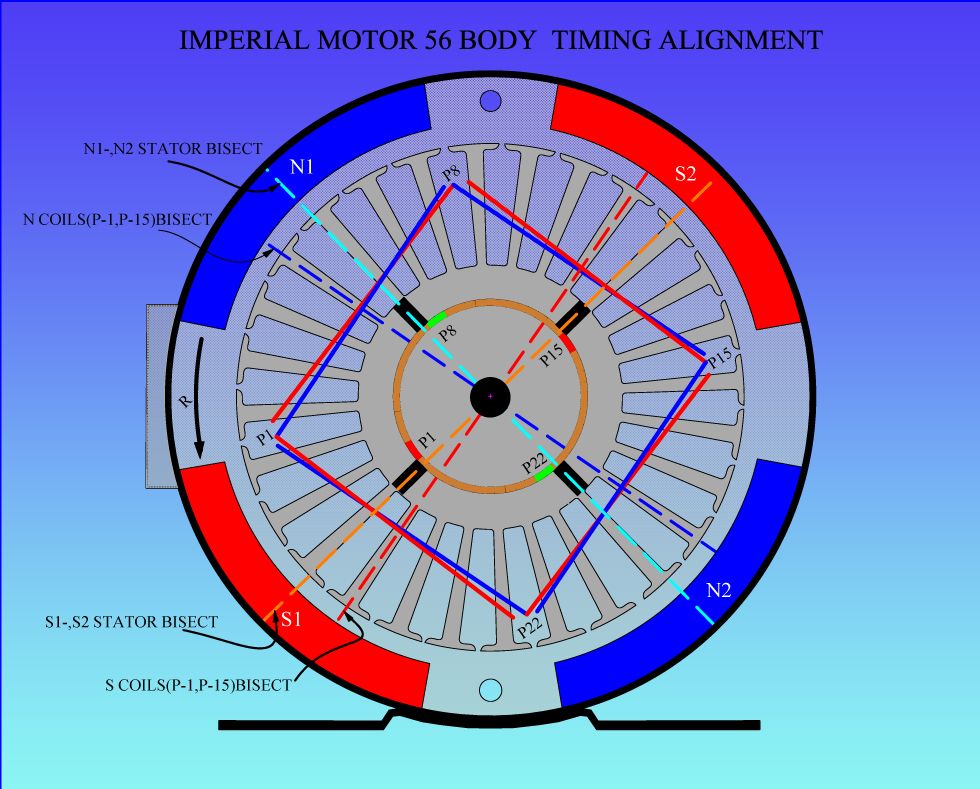Hi Holbi,
Welcome! You do a great job here! I like your well funded posts. Please continue and help others!
Please do not expect you can measure radiant. Tom Berden explained that all mesurements currently available are based on losses. We measure the losses and extrapolate to the values apparently "measured". In fact we do not measure them but estimate them.
Radiant energies are known to jump across losses and do not care of them. In fact in any torch the electric current is only a minute sign of loss and dirt out of xenottawatts (never heared of this term before - I looked it up- but it represents factor 10^24) of flowing energy when switched on. Given you were able to measure radiant - now please tell me how you would measure those XXL-watts in your torch!
Apart the hot current being a leak of that gigantic energy only we try here to harvest just a very very minute extra energy in order to get a lousy watt above COP 1.
Obviously any harvesting can be performed along some side effects of pulsed electricity only (or mechnically - that is another story).
None of us can make use of radint directly - hence we need to convert it to hot current. The max. conversion factor will be COP = 10^24. Performing this will be a matter of national or worldwide security! Stay away please!!!!! It might be dangerous for the solar system.
It might be dangerous for the solar system.
Hence we humble along some minute effects and shall measure the harvested hot energy.
For your CFL I recommend to perform pure light measurements and get the relation between 230V operation and radiant operation.
i.e. get a solar cell (cheap solar calculator) and connect it to your ĶA meter. In short circuit mode the current behaves linearly to light intensity.
Put the CFL in a tube out of PVC or cardboard and close it on top but mount the solar cell inside the lid before.
Then measure ĶA along 230V operation and radiant operation. But you are not allowed to move the cfl or tube or change any kind of environmental light .....
Hint: As most of us have no meansavailable to get reliable scintific readings of values we shall focus on relative measurements (before and after). This will suffice in order to detect tasty "ingredients" for enahnced harvesting. Real scintific proof is a matter of later success.
John
Welcome! You do a great job here! I like your well funded posts. Please continue and help others!
Please do not expect you can measure radiant. Tom Berden explained that all mesurements currently available are based on losses. We measure the losses and extrapolate to the values apparently "measured". In fact we do not measure them but estimate them.
Radiant energies are known to jump across losses and do not care of them. In fact in any torch the electric current is only a minute sign of loss and dirt out of xenottawatts (never heared of this term before - I looked it up- but it represents factor 10^24) of flowing energy when switched on. Given you were able to measure radiant - now please tell me how you would measure those XXL-watts in your torch!
Apart the hot current being a leak of that gigantic energy only we try here to harvest just a very very minute extra energy in order to get a lousy watt above COP 1.
Obviously any harvesting can be performed along some side effects of pulsed electricity only (or mechnically - that is another story).
None of us can make use of radint directly - hence we need to convert it to hot current. The max. conversion factor will be COP = 10^24. Performing this will be a matter of national or worldwide security! Stay away please!!!!!
 It might be dangerous for the solar system.
It might be dangerous for the solar system.Hence we humble along some minute effects and shall measure the harvested hot energy.
For your CFL I recommend to perform pure light measurements and get the relation between 230V operation and radiant operation.
i.e. get a solar cell (cheap solar calculator) and connect it to your ĶA meter. In short circuit mode the current behaves linearly to light intensity.
Put the CFL in a tube out of PVC or cardboard and close it on top but mount the solar cell inside the lid before.
Then measure ĶA along 230V operation and radiant operation. But you are not allowed to move the cfl or tube or change any kind of environmental light .....
Hint: As most of us have no meansavailable to get reliable scintific readings of values we shall focus on relative measurements (before and after). This will suffice in order to detect tasty "ingredients" for enahnced harvesting. Real scintific proof is a matter of later success.
John
 And before internet I did not know where to start, what to do, where could I find any guide.
And before internet I did not know where to start, what to do, where could I find any guide. 
 "Knowledge is as good as it used."
"Knowledge is as good as it used." , we know, that wave length depends on frequency also(we are not sure exactly what kind of wave we must investigate for cold current- some masters mention longitudinal wave). I want as wider as possible range of freq to try.So far i can't replicate UFO cold lighting CFL(they light on without any tuning and became hot), so i continue. From old try i have very expencive multicore cable 3m long. I suspect, that something interesting with it (as secondary)may be on frequency above 210kHz(Don Smith).I do not want to clog this UFOPolitic's thread, only hope it is relevant.
, we know, that wave length depends on frequency also(we are not sure exactly what kind of wave we must investigate for cold current- some masters mention longitudinal wave). I want as wider as possible range of freq to try.So far i can't replicate UFO cold lighting CFL(they light on without any tuning and became hot), so i continue. From old try i have very expencive multicore cable 3m long. I suspect, that something interesting with it (as secondary)may be on frequency above 210kHz(Don Smith).I do not want to clog this UFOPolitic's thread, only hope it is relevant. )and open it at the moment right after closing first monster 5.1,
)and open it at the moment right after closing first monster 5.1, 






Comment